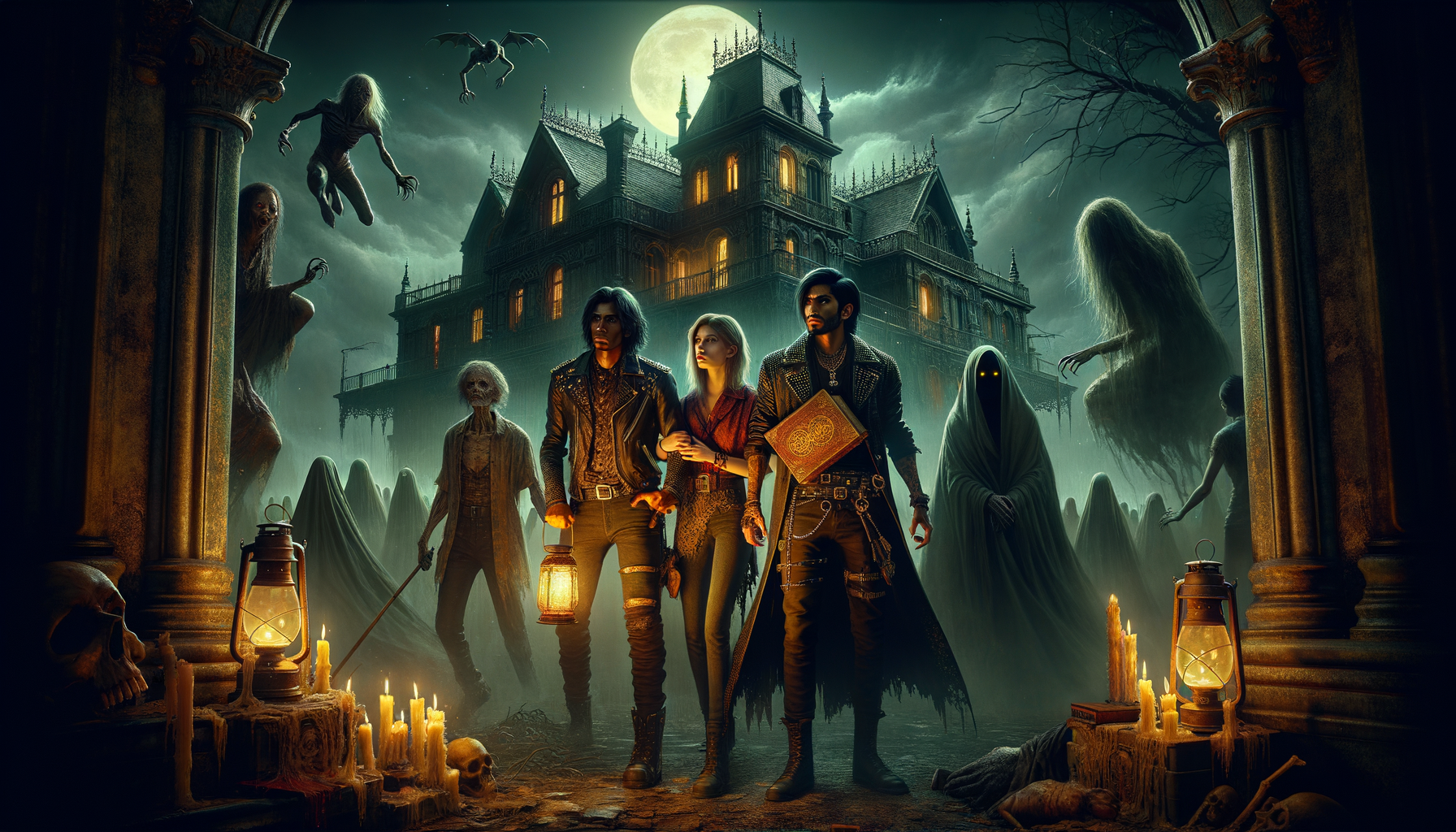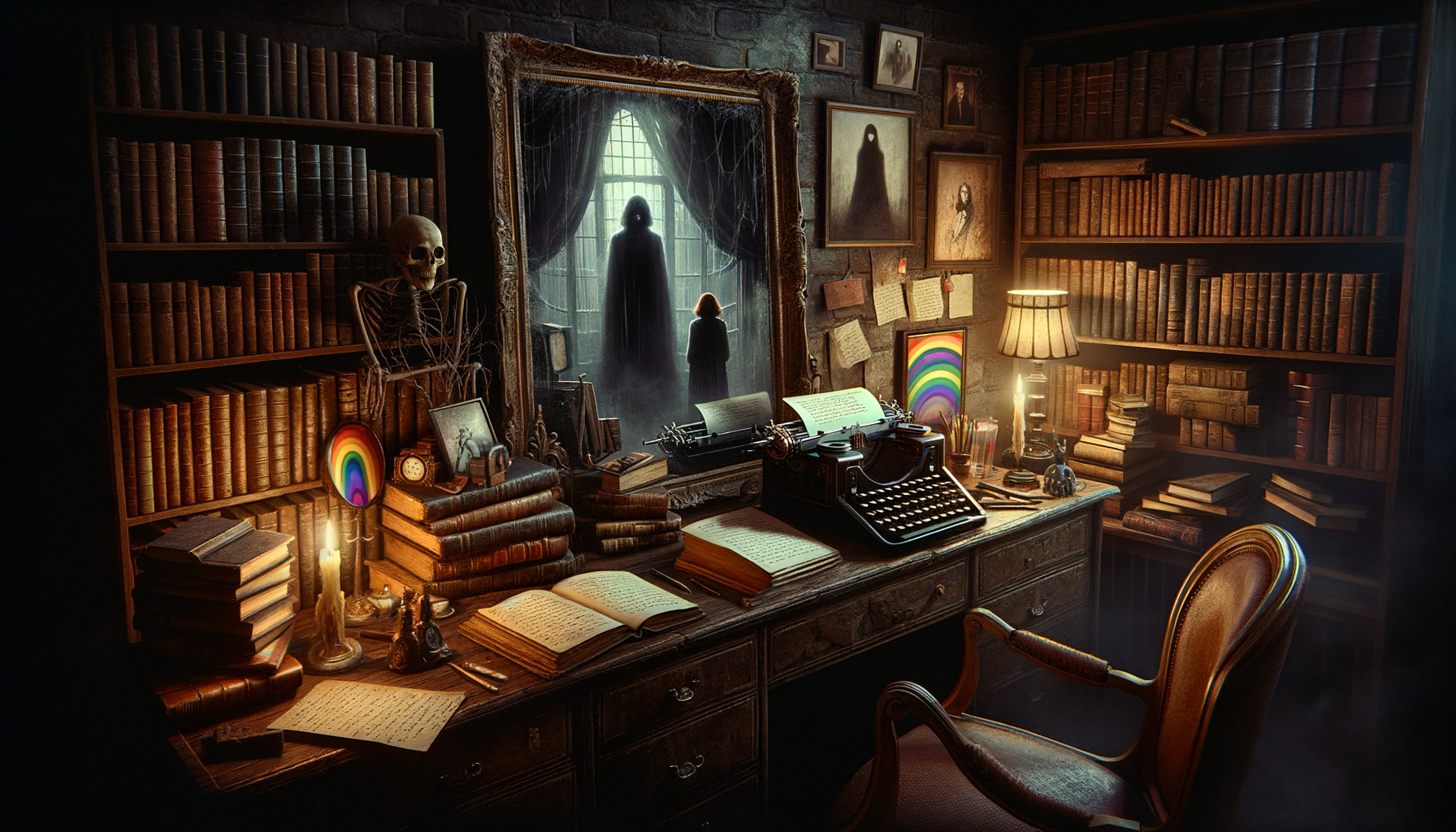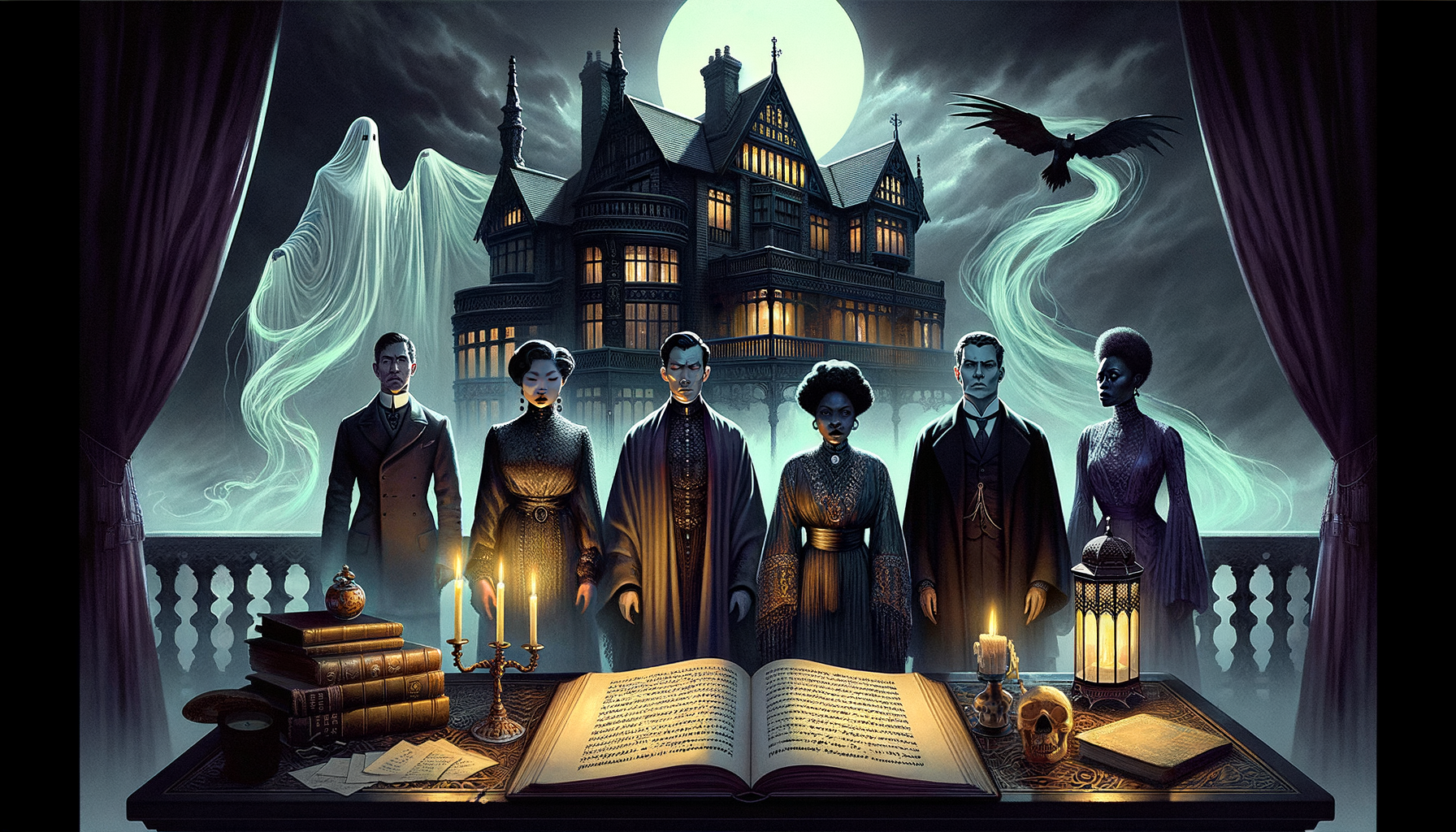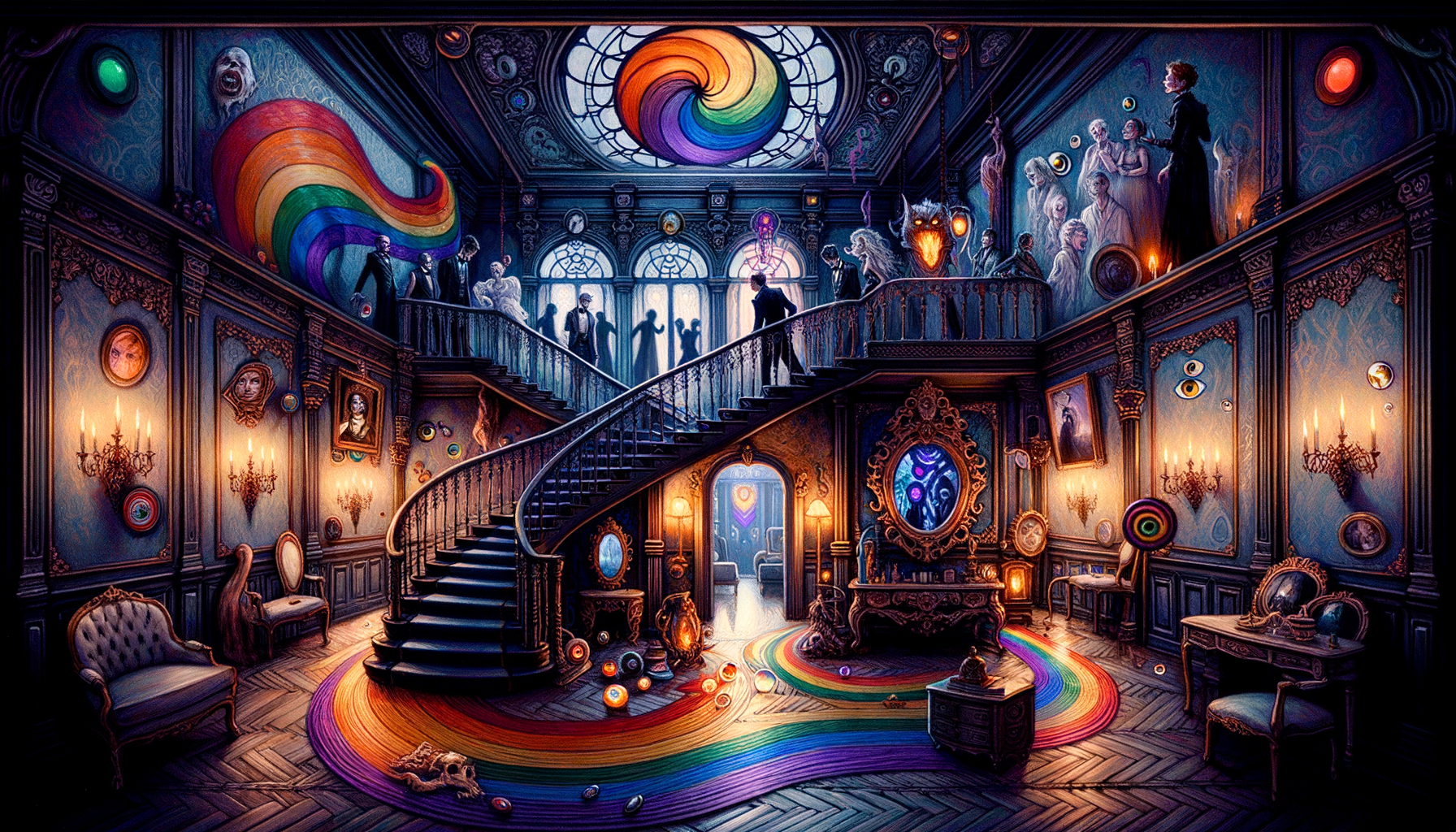Horror has always been a genre that pushes boundaries, and in recent years, we’ve seen a significant rise in the representation of LGBT characters. Did you know that a 2023 study found that 15% of horror films released featured prominent LGBT characters? This isn’t just a trend; it’s a movement toward more inclusive storytelling. In this article, we’ll explore the evolution of LGBT representation in horror, highlight some iconic characters, and discuss the impact on both the genre and its audience.
The Evolution of LGBT Characters in Horror
Early Representations and Stereotypes
In the early days of horror cinema, LGBT characters were often depicted through a lens of stereotypes and negative connotations. These characters were typically portrayed as villains or victims, reinforcing harmful stereotypes and marginalizing the LGBT community. The representation was far from positive, and these characters were frequently used to incite fear or discomfort among audiences.
The Shift in the 1980s and 1990s
The 1980s and 1990s marked a period of gradual change. While some stereotypes persisted, there was a noticeable shift towards more nuanced portrayals. Filmmakers began to explore LGBT characters with greater depth, moving beyond one-dimensional roles. This era saw the emergence of characters who were more complex and integral to the plot, reflecting a slow but steady progression towards better representation.
Modern Portrayals and the Push for Authentic Representation
In recent years, the portrayal of LGBT characters in horror has significantly improved. Modern filmmakers are increasingly committed to authentic representation, striving to create characters that resonate with the LGBT community and broader audiences alike. This push for authenticity has led to richer, more diverse narratives that challenge traditional horror tropes and provide a platform for LGBT voices.
Iconic LGBT Characters in Horror Films
Classic Characters That Broke New Ground
Several classic horror films featured LGBT characters who broke new ground within the genre. These trailblazing characters challenged the status quo and opened the door for more diverse representations. Though not without their flaws, these early portrayals laid the foundation for future progress.
Recent Films Featuring Prominent LGBT Roles
Recent years have seen a surge in horror films with prominent LGBT roles. Movies like “The Babadook” and “Raw” have featured characters whose sexual identities are integral to the story. These films have been praised for their thoughtful and respectful portrayals, contributing to a more inclusive horror landscape.
The Impact of These Characters on the Genre and Audience
The inclusion of LGBT characters has had a profound impact on the horror genre and its audience. These characters offer representation to a community that has long been marginalized in mainstream media. Moreover, their stories challenge viewers to reconsider preconceived notions and engage with the genre on a deeper level.
LGBT Representation in Horror Literature
Pioneering Authors and Their Contributions
Horror literature has long been a fertile ground for exploring LGBT themes. Pioneering authors like Clive Barker and Poppy Z. Brite have made significant contributions, weaving complex LGBT characters into their narratives. Their works have pushed the boundaries of the genre and inspired countless readers and writers.
Notable Works That Feature LGBT Characters
Several notable works stand out for their inclusion of LGBT characters. Novels like “The Picture of Dorian Gray” by Oscar Wilde and “Lost Souls” by Poppy Z. Brite have become classics, celebrated for their rich storytelling and complex characters. These books have not only entertained but also provided representation and visibility.
How Literature Has Paved the Way for Film Adaptations
The influence of horror literature on film adaptations is undeniable. Many iconic horror films have drawn inspiration from books that featured LGBT characters, helping to bring these stories to a wider audience. This cross-medium influence has been crucial in advancing LGBT representation in horror.
The Impact of LGBT Characters on the Horror Genre
Audience Reception and Cultural Significance
The inclusion of LGBT characters in horror has been met with varying reactions from audiences. While some viewers celebrate the increased diversity, others grapple with changing norms. Despite differing opinions, the cultural significance of these characters cannot be overstated. They reflect societal shifts and contribute to broader conversations about identity and acceptance.
The Influence on Other Genres and Media
The positive strides made in horror have influenced other genres and media. Television shows, video games, and even mainstream cinema have begun to embrace more diverse characters, taking cues from the progress seen in horror. This ripple effect underscores the importance of representation across all forms of entertainment.
Future Trends and What to Expect in 2024
Looking ahead, the trend towards more inclusive and authentic representation is likely to continue. As societal attitudes evolve, so too will the portrayals of LGBT characters in horror. Audiences can expect more complex, multifaceted characters and stories that reflect the diversity of the real world.
Challenges and Controversies
Common Criticisms and Debates
Despite the progress, there are still significant challenges and controversies surrounding LGBT representation in horror. Critics often point to instances of tokenism, where characters are included merely to tick a diversity box. Additionally, there are debates about the portrayal of LGBT characters in negative or stereotypical roles.
The Balance Between Representation and Tokenism
Finding the right balance between genuine representation and tokenism is a complex issue. Creators must navigate this delicate terrain, ensuring that LGBT characters are portrayed with depth and authenticity rather than as mere symbols. This balance is crucial for meaningful and respectful representation.
How Creators Are Addressing These Challenges
Many creators are actively working to address these challenges. By collaborating with LGBT writers, actors, and consultants, filmmakers and authors are striving to create more accurate and respectful portrayals. This collaborative approach is essential for overcoming the pitfalls of tokenism and ensuring that LGBT characters are represented with the dignity and complexity they deserve.
Conclusion
LGBT characters in horror have come a long way, from being hidden in the shadows to taking center stage. This evolution not only enriches the genre but also resonates deeply with audiences seeking authentic representation. As we look to the future, it’s clear that the inclusion of diverse voices will continue to shape horror in exciting new ways. So, what’s your favorite LGBT character in horror? Share your thoughts in the comments below and let’s keep the conversation going!




